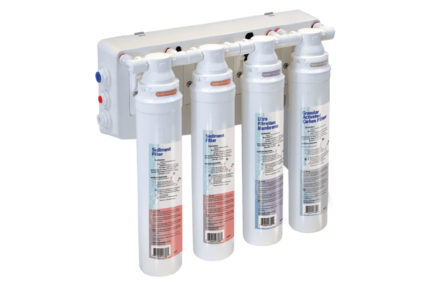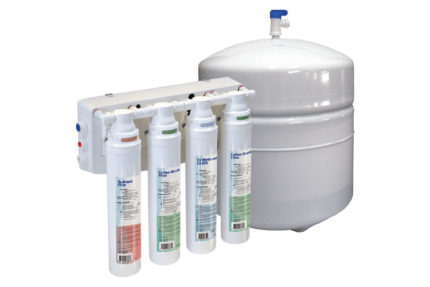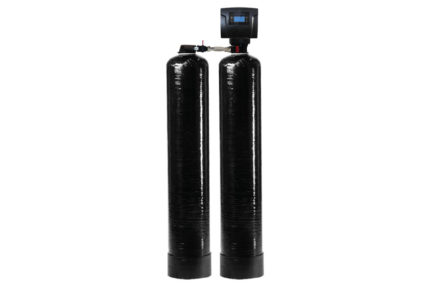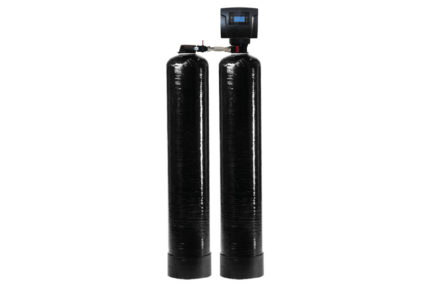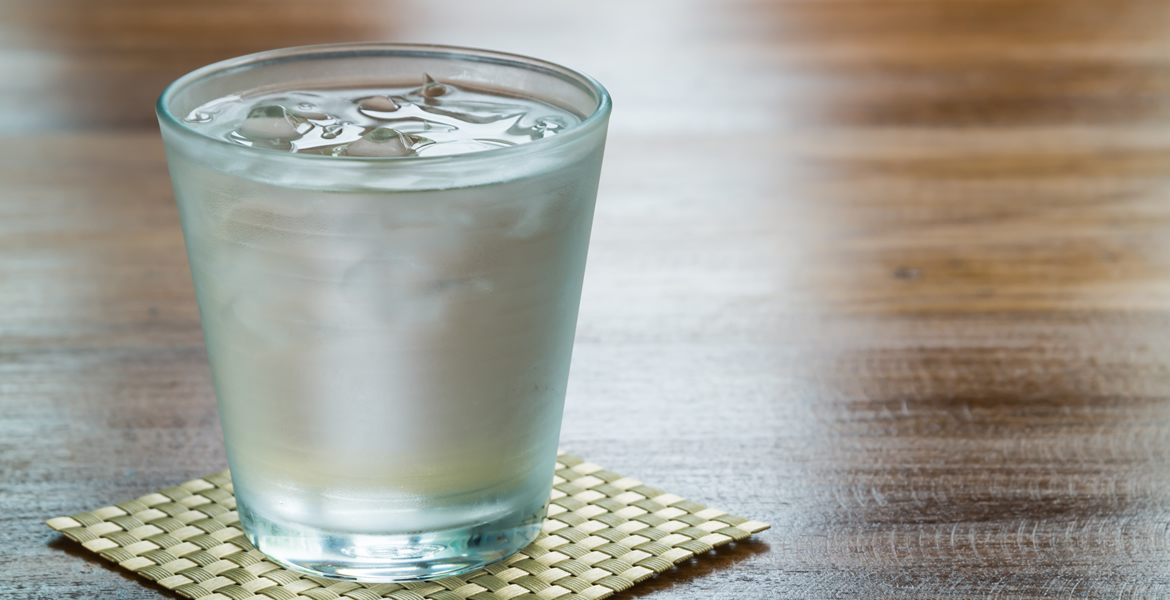
If your water is coming from a Local Municipal/City provider there are numerous items that are in the water depending on the source (aquifer, lake, river). But regardless of the source there are best practices for the best working water (household) and the best drinking water. The very first place to start is to find your provider’s recent quality water report. They are required to provide this.
Example: Canyon Lake – https://www.clwsc.com/ccr#Water-Quality-Report.
Look on the map, find your location and the report that is associated. This will be an interesting read!
Working Water – Household (not outdoor) Washing, Bathing, cleaning (Not drinking, food preparation or ice)
For the best local working water – first a high efficiency, up-flow regeneration, optimal precision brining softener must be installed. This will remove the calcium and magnesium that is present. The hardness levels will range from 20-40 depending on the source. Any over 10 is considered EXTREMELY hard. The harder the water, the more scale build up over time. This will kill the lifetime of “water” machines. Refrigerator water/ice, dishwashers, washing machines, coffee makers, ice makers, hot water tanks, etc., in half. If using a tank-less hot water heater, this will need replacement, on average in less than 2 years (and it will void the warranty). Faucets will be affected by the scale as well as Chloramines (see next paragraph).
A High Efficiency system will be able to auto calculate/adjust the number of gallons of working water usage between regeneration based upon the hardness. It will also be able to adjust the amount of salt needed for the maximum regeneration of the resin(s).
For example: our HE89-150 model working on water with a 25- hardness level, the resin will last 1,500 gallons before regeneration. This means a retired couple will regenerate on average every three weeks, or 18 times a year. This same couple will use approximately 5.5 bags of salt pellets yearly and will save over 9,000 gallons of water used for average softener regeneration.
There are savings in both the cost to purchase and the cost to owner/maintain.
Municipal Water Disinfection: More and more Public Water Suppliers (PWS) are moving from Chlorine to Chloramines for disinfecting water. Chloramines (Chlorine and Ammonia) are longer lasting. (If water needs to travel miles down a pipe, this may take days, and chlorine loses its disinfection power after 24 hours). However, Chloramines have a detrimental effect on plumbing components and Chloramine byproducts are carcinogenic. You NEED the Chloramines to the house, but not IN the house. The only way to eliminate the Chloramines in our water to have a Catalytic Carbon tank (not Granular Activated Carbon or Coconut Carbon – these work on Chloride, not Chloramines). The water also needs contact time to remove these byproducts (Total TriHaloMethane-TTHMs, HaloAcetic Acids – HAAs) which is why the carbon must be in its own tank. The Taste/Odor tank of the HTO models are Catalytic Carbon. In addition to removing THM’s, HAA’s, Catalytic carbon removes smells, Organic Chemicals, Organic Contaminants, tannins, phenols, pesticides, detergents and toxic organic chemicals.
Secondly, Chlorines/Chloramines both will destroy the resin in your softener over time. When you add a Catalytic Carbon tank, it will remove the Chlorine/Chloramines from the resin and preserve the Cation resin for 200%.
Why two tanks – Softening resin will last twice as long as Carbon Resin, so why throw out good resin – you will if you have one tank. Carbon and Softeners in the same tank – not enough carbon for the job – the carbon resin will sink to the bottom and therefor be non-effective.
Our HE 89 Head can manage dual tanks, so only one valve is needed to accomplish multiple operations/treatments. When the softener regenerates, the head will backwash the carbon, refreshing the entire system. The water will look, smell and taste great……if you are not concerned with the other contaminants that remain in our water, that are deemed “safe/acceptable” for drinking.
Our next concern is a new water concern, and this too is mentioned in the water quality reports. There are 2 parasites, Cryptosporidium and Giardia (also known as Giardia intestinalis, Giardia lamblia, or Giardia duodenalis). Both microbes have an outer “bio-shell” that allows them to survive outside a host for long periods of time and makes them tolerant to chlorine disinfection. These are getting past our disinfection process and coming into our homes.
We recommend that homeowners install an UV Light after the softener, for whole house protection. Additionally the security of having a UV light, will protect you from the occasional slippage in our municipal disinfection (such as E.coli notice, or other boil notices.) A proper UV light will sterilize all bacteria, cysts, viruses, parasites, protozoans (microbes).
Drinking Water: The EPA and TCEQ has deemed that a whole lot of contaminants can be present in our water in acceptable limits called MCL’s. This includes levels of Arsenic, Arsenate, Aluminum, Arsenide, Barium, Cadmium, Chromium, Copper, Cyanide, Fluoride, Lead, Mercury, Radium, Selenium, Silver, Uranium, Nitrates, nitrites, HAA’s, THM’s, Hydrogen Sulfide, VOC’s, etc. (Really, is drinking any of these items acceptable?)
In most of the Water Quality Reporting, they state that “children under the age of 9 should not be drinking our water and that people with auto-immune diseases, cancer, chemotherapy, HIV/AID, etc., so also not be drinking this water”. Should you?
If you agree that we can do better, then the only way to remove these items in Reverse Osmosis (RO).
Traditionally this is placed under a sink, with a separate faucet and may have a line to an Ice maker/refrigerator water supply. New houses will be plumbed with a RO manifold in the garage next to the water treatment. This manifold will supply RO water to numerous points of use (a refrigerator, ice maker, plumbed coffee maker, bathroom sink, wet-bar, pet water bowl, etc.,) The filters used in the correct RO will be configured based upon the water source/contaminants in that source. They will be quick connecting and user exchangeable – no service call needed.
Our Reverse Osmosis Filters include a Sediment filter, Carbon Filter, 50 gallons a day RO filter and finally a pH boost filter.
Central Texas Water Softeners understands your local water and what is needed to make it the best working and/or drinking water. Our mission is find the right water solutions to help your home and business get clean, pure water while providing water knowledge. For more information on water softeners, reverse osmosis, water purity and filtration, contact the experts at Central Texas Water Softeners. We take pride in saying that we supply the best water treatments in the Hill Country and surrounding area.

